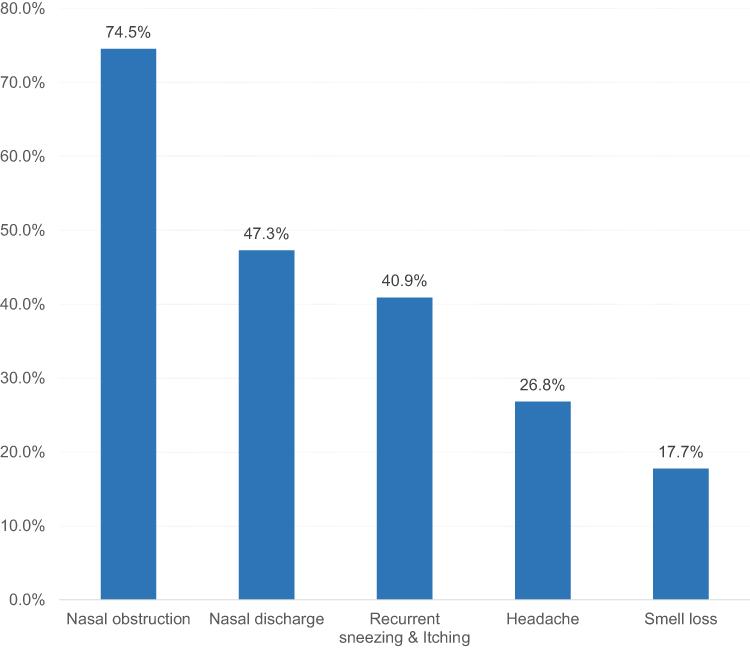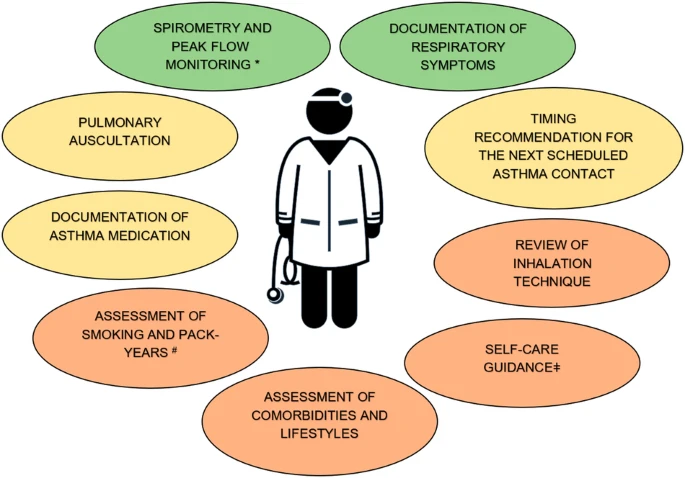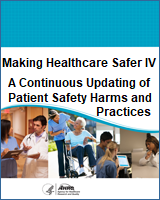Howard R, Fontanella S, Simpson A, Murray CS, Custovic A, Rattray M. Clin Exp Allergy. 2024; 00: 1-11. doi:10.1111/cea.14468Abstract
Background
Previous studies which applied machine learning on multiplex component-resolved diagnostics arrays identified clusters of allergen components which are biologically plausible and reflect the sources of allergenic proteins and their structural homogeneity. Sensitization to different clusters is associated with different clinical outcomes.
Objective
To investigate whether within different allergen component sensitization clusters, the internal within-cluster sensitization structure, including the number of c-sIgE responses and their distinct patterns, alters the risk of clinical expression of symptoms.
Methods
In a previous analysis in a population-based birth cohort, by clustering component-specific (c-s)IgEs, we derived allergen component clusters from infancy to adolescence. In the current analysis, we defined each subject's within-cluster sensitization structure which captured the total number of c-sIgE responses in each cluster and intra-cluster sensitization patterns.








